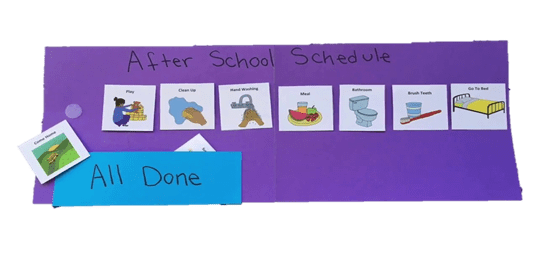 As the spring semester is ending, let’s take a look at what we have discussed. First, we delved into the question of how autism spectrum disorder is diagnosed and what are some of the early signs of autism. A monitoring and screening tool was provided as a resource for parents as well.
As the spring semester is ending, let’s take a look at what we have discussed. First, we delved into the question of how autism spectrum disorder is diagnosed and what are some of the early signs of autism. A monitoring and screening tool was provided as a resource for parents as well.
It might be a tough question when deciding whether treatment is necessary for your child once they are diagnosed. Here are a couple of helpful suggestions to guide your decision-making process. There are many treatment options out there. It could be overwhelming sometimes, we presented applied behavior analysis and other treatment options that are listed by the CDC.
Then, we discussed one of the strategies called planned ignoring. even though it could be an effective intervention, it has to be combined with a reinforcement-based intervention. We also discussed situations in which planned ignoring should not be used. Not only we talked about consequence-based intervention but also, we suggested many antecedent-based strategies to help caregivers be more proactive. For example, using specific instructions, offering choices, and using visual schedules.
Behavior issues are not the only things that parents encounter. Many children have sleep issues. We introduced the bedtime pass and bedtime routines to facilitate better sleep habits for both children and adults.
Remember to visit and like our Facebook page for the latest update on ABA Husky Clinic and future blog posts.









